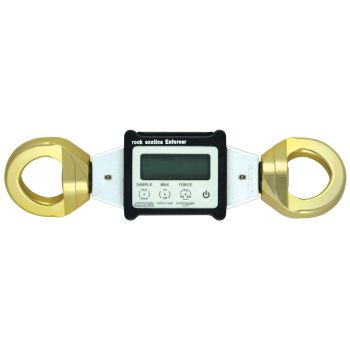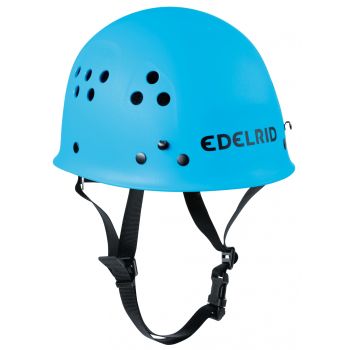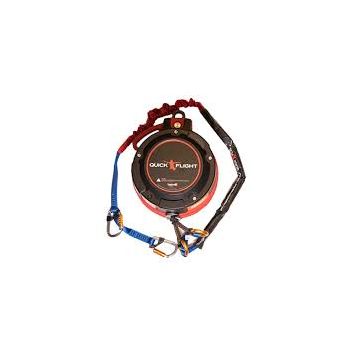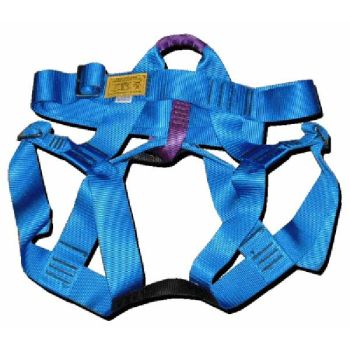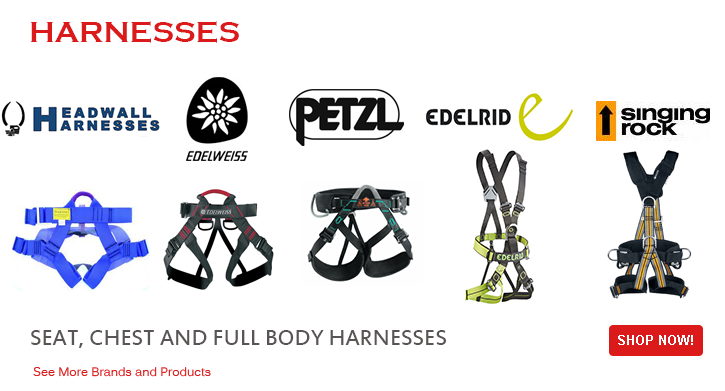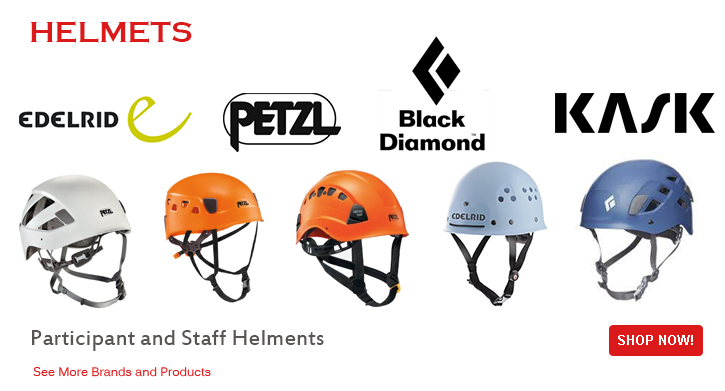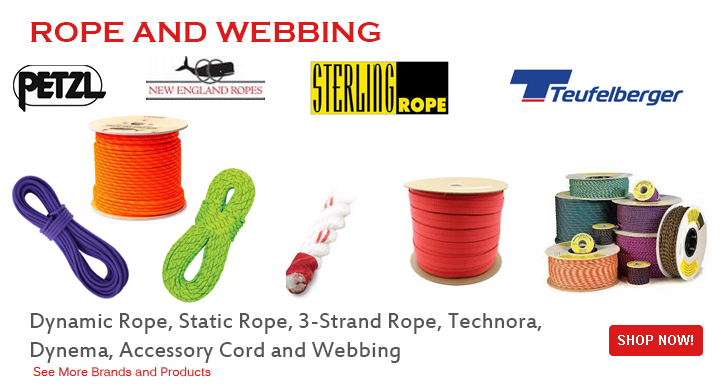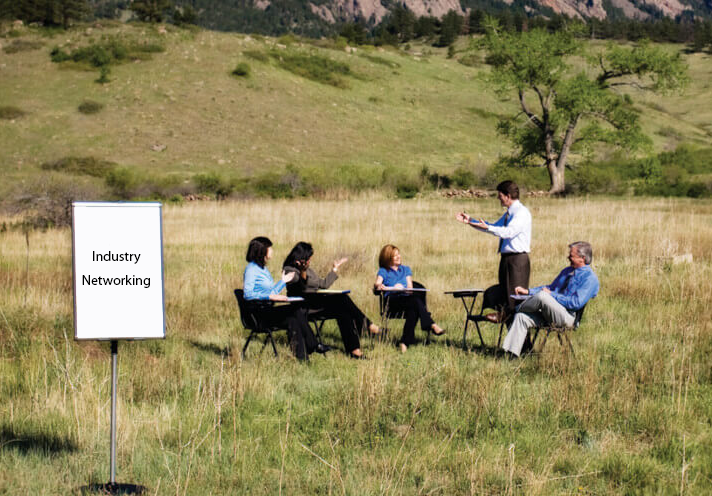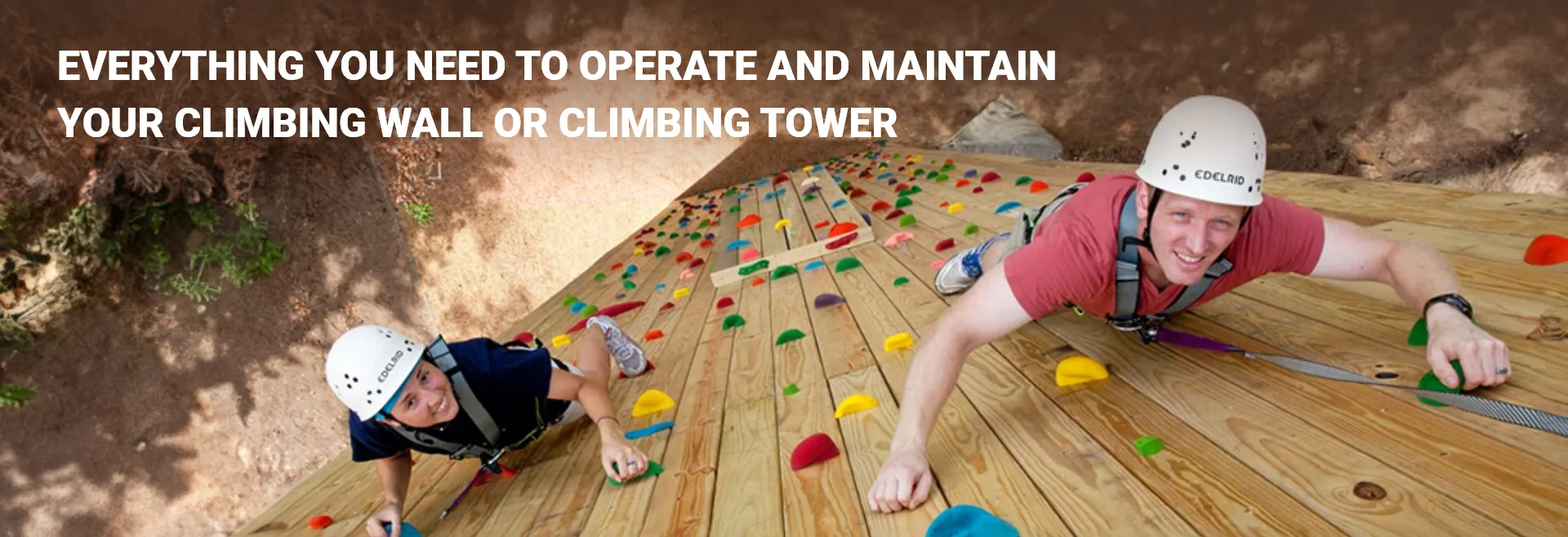
-
 Original ProductsTrusted Products from Trusted Brands
Original ProductsTrusted Products from Trusted Brands -
 Fast ShippingFast delivery in North America with UPS, FedEx and USPS
Fast ShippingFast delivery in North America with UPS, FedEx and USPS -
 30 Days Returns30 Day returns on Unused products only!
30 Days Returns30 Day returns on Unused products only! -
 Dedicated SupportOffering Support 7 Days A Week
Dedicated SupportOffering Support 7 Days A Week




Current State of Zipline Legislation and Regulations
Ziplines are a popular tourist attraction, but they can also be dangerous. As a result, many states have enacted legislation and regulations governing the operation of ziplines.
The specific requirements vary from state to state, but they typically include the following:
- Operators must be licensed by the state.
- Ziplines must be inspected by a qualified inspector.
- Operators must have insurance to cover injuries that may occur on the zipline.
- Participants must wear a helmet and other safety gear.
- Operators must provide training to participants on how to use the zipline safely.
Impact of Zipline Legislation and Regulations on Operators and Manufacturers
Zipline legislation and regulations have a significant impact on operators and manufacturers. For operators, the requirements can add to the cost of doing business.
Networking is the process of building relationships with other people in your industry. It can be done in a variety of ways, such as attending industry events, joining professional organizations, and connecting with people online.
There are many benefits to networking. It can help you to:
- Learn about new trends and developments in your industry.
- Stay up-to-date on safety regulations.
- Find new clients and partners.
- Hire qualified employees.
- Build your reputation and credibility.
Building Partnerships
Building partnerships is the process of forming mutually beneficial relationships with other businesses or organizations. Partnerships can be formed for a variety of reasons, such as:
- To share resources.
- To expand your reach.
- To gain access to new markets.
- To reduce costs.
- To improve your products or services.
There are many
The challenge course industry is a rapidly growing segment of the outdoor recreation industry. In the United States, the industry is estimated to be worth $1 billion and is growing at a rate of 10% per year. Challenge courses are used for a variety of purposes, including team building, leadership development, and personal growth. They are also increasingly being used in schools and other educational settings.
There are a number of trends driving the growth of the challenge course industry. One trend is the increasing popularity of outdoor recreation activities. More and more people are looking for ways to get outdoors and experience the benefits of nature. Challenge courses offer a safe and challenging way to do this.
Another trend is the growing demand for team building and leadership development programs. Businesses and organizations are increasingly recognizing the value of these programs in helping their employees work better together and achieve their goals. Challenge
Utility poles are an essential part of the challenge course industry. They provide the support for climbing structures, zip lines, and other high-adventure activities. However, utility poles are also subject to a variety of hazards, including weather damage, rot, and pests. As a result, it is important to inspect utility poles regularly to ensure their safety.
There are a number of different methods for inspecting utility poles. The most common method is a visual inspection. This involves walking around the pole and looking for any signs of damage, such as cracks, splits, or missing bark. If any damage is found, it should be reported to a qualified professional for further evaluation.
Another method for inspecting utility poles is a sounding test. This involves using a hammer to tap on the pole and listen for any hollow sounds. Hollow sounds indicate that the pole may be rotten or damaged.
In some cases, it may be necessary to drill into the pole to conduct a more thorough



